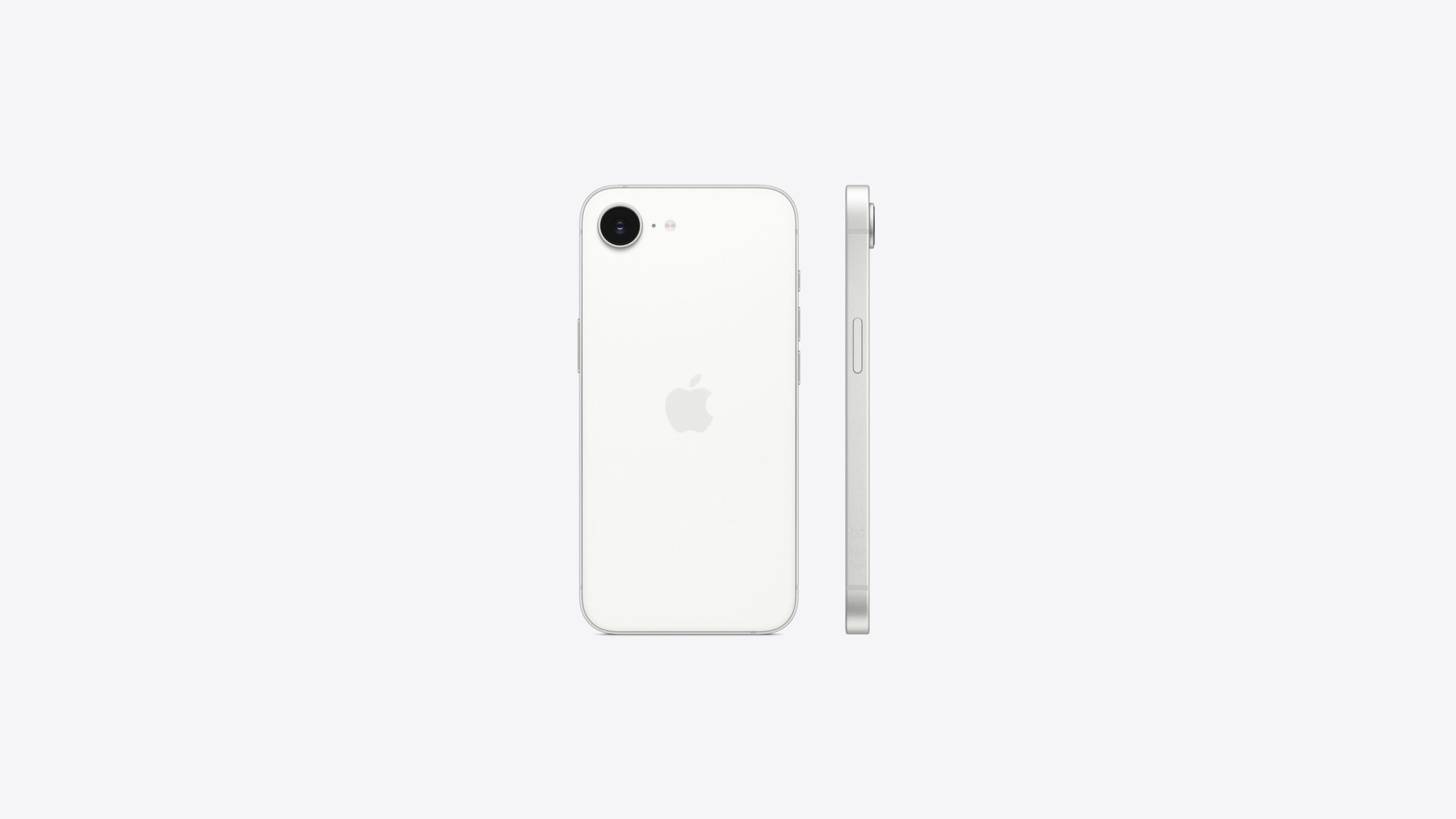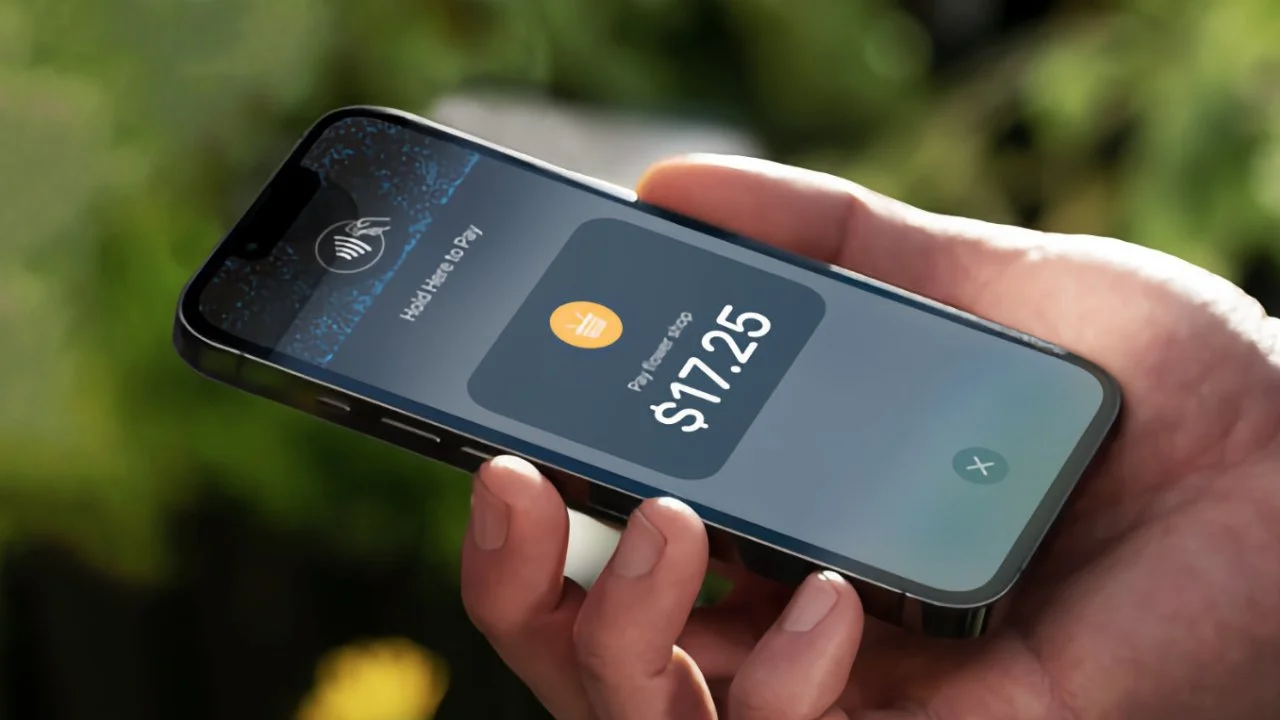Apple has been slapped with a massive $162 million fine due to its App Tracking Transparency (ATT) feature, and the reason might surprise you. This tool, rolled out in 2021, lets iPhone users decide if apps can track their activity for ads. It was meant to protect privacy, but advertisers weren’t happy. They argued it hurt their business by making it harder to target customers with personalized ads.
Now, after complaints piled up, a regulatory group stepped in. They said Apple’s strict rules gave it an unfair edge over competitors in the ad world. The fine, issued on March 31, 2025, claims Apple didn’t play fair while pushing its ad services. The company, however, isn’t backing down. Apple says ATT is all about giving people control over their data, not about boosting its own profits.
This isn’t the first time Apple’s faced heat over its policies. Advertisers and some tech rivals have long grumbled about the feature, saying it cuts their earnings while Apple’s own ad tools seem to thrive. The decision has sparked a big debate: should companies prioritize user privacy or keep the ad industry happy?
For now, Apple plans to fight the fine, arguing it’s standing up for its customers. The outcome could shake up how tech giants handle privacy and ads in the future. Will other companies follow Apple’s lead, or will regulators push back even harder? Only time will tell.






